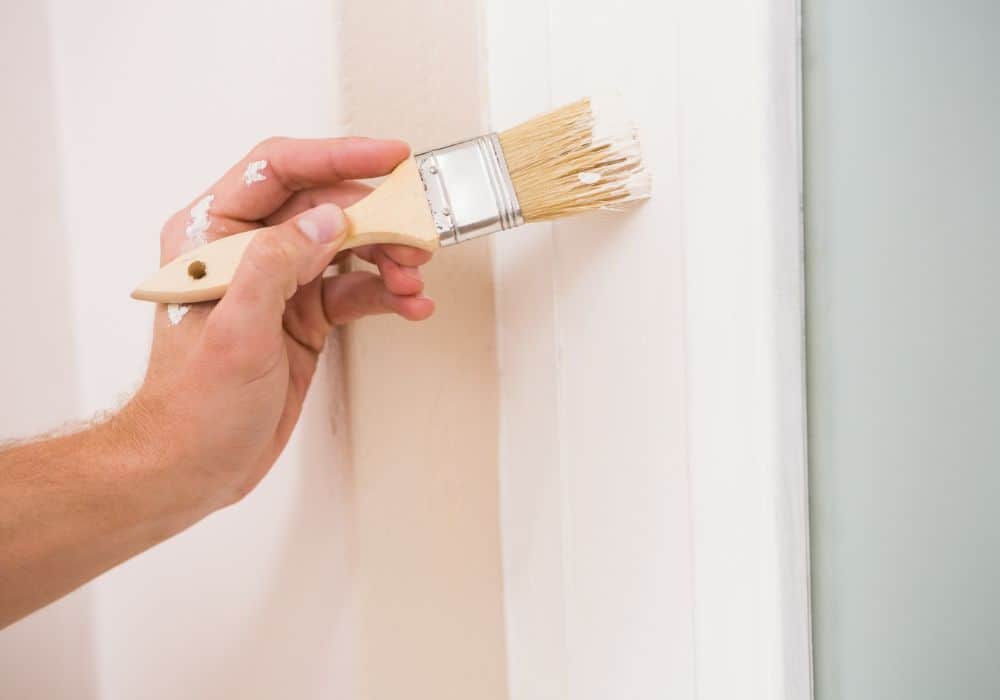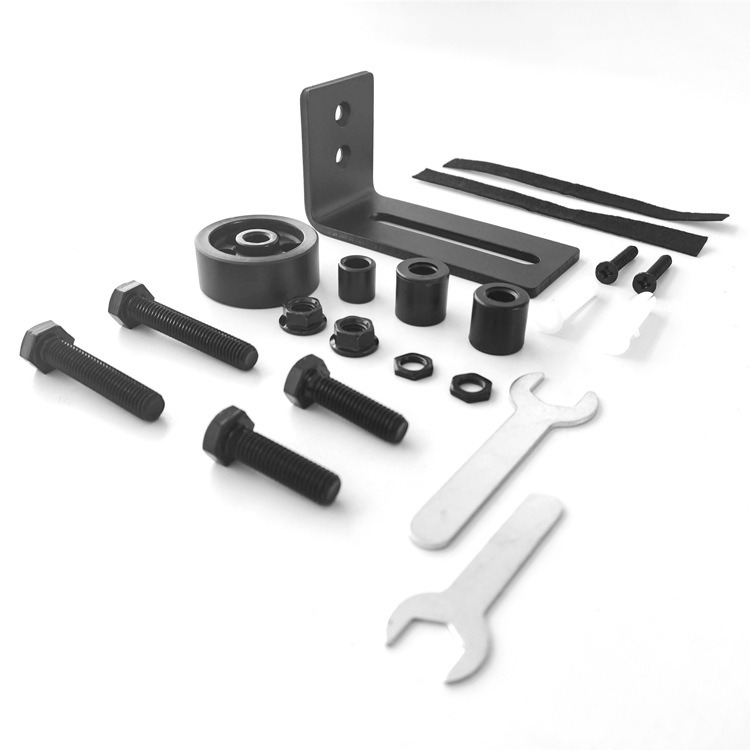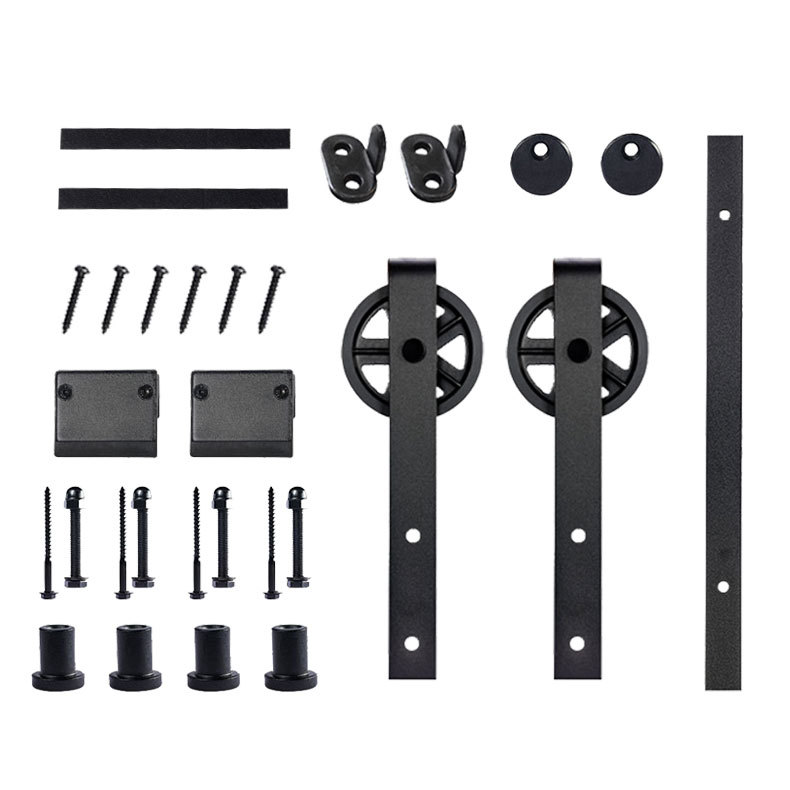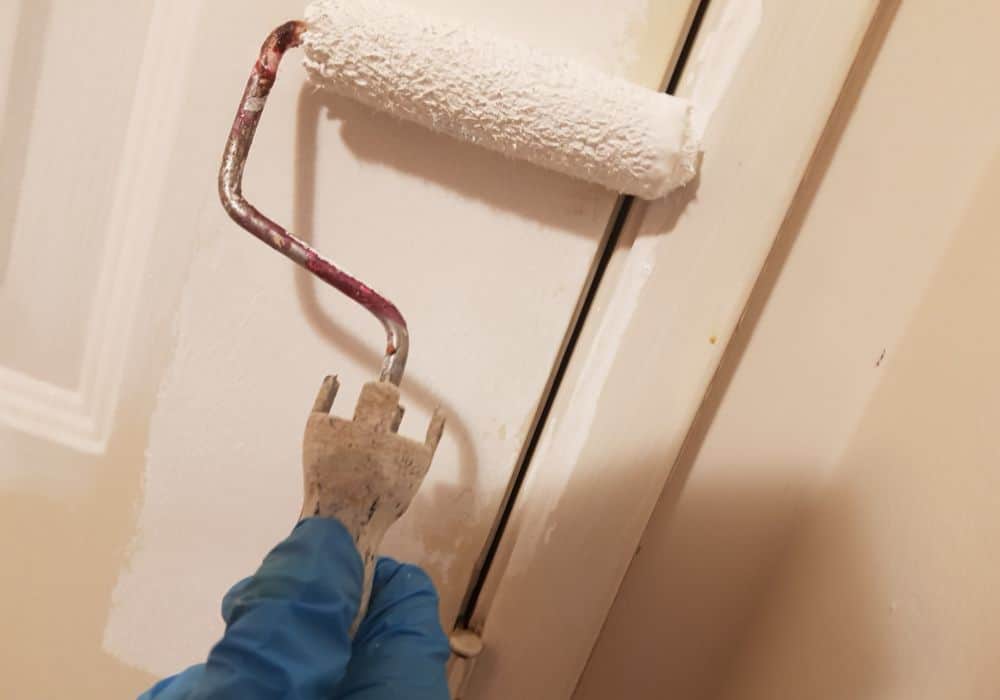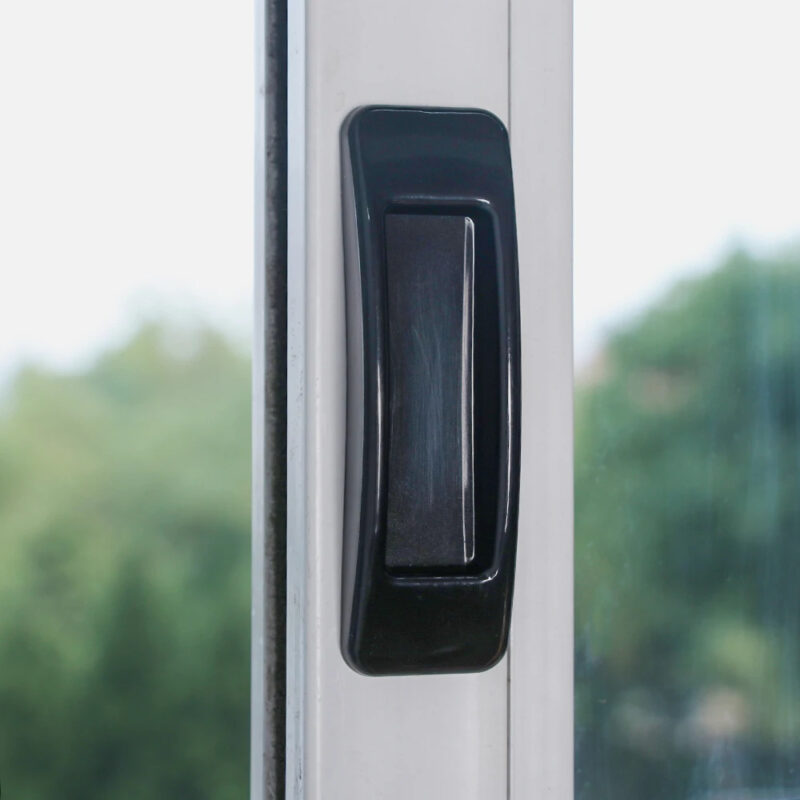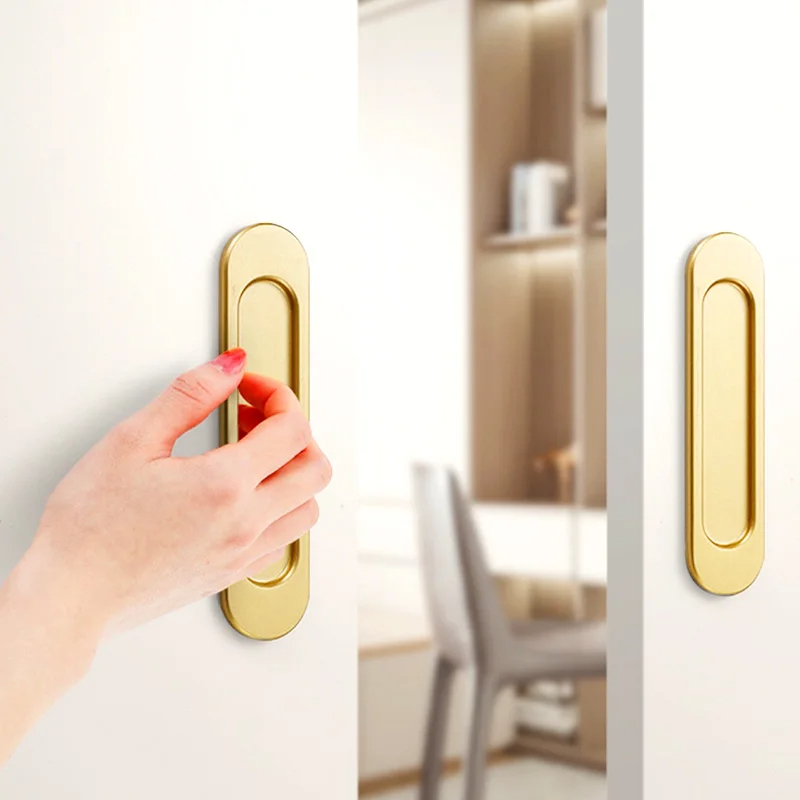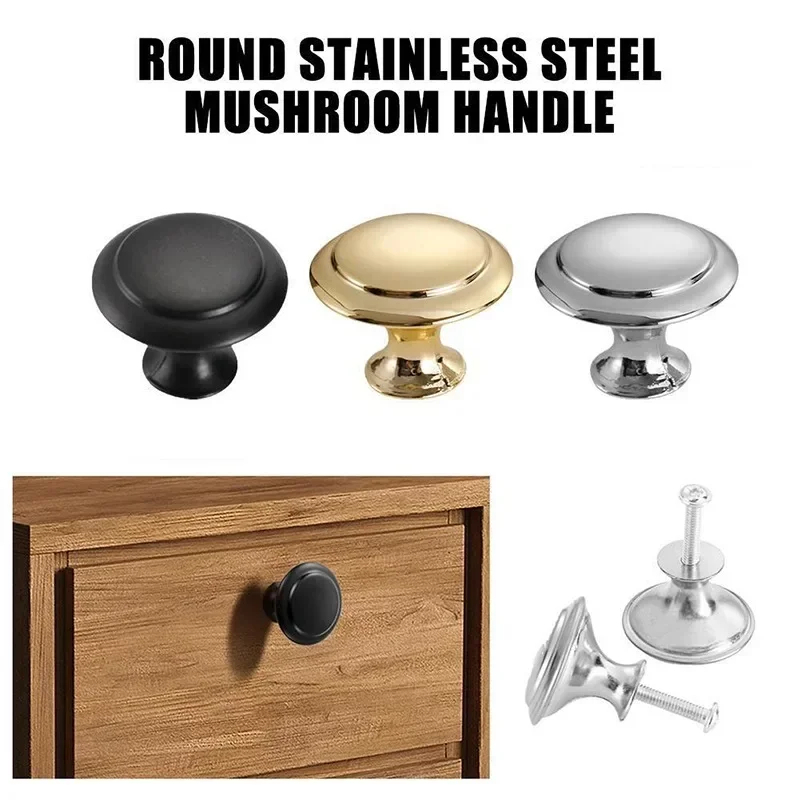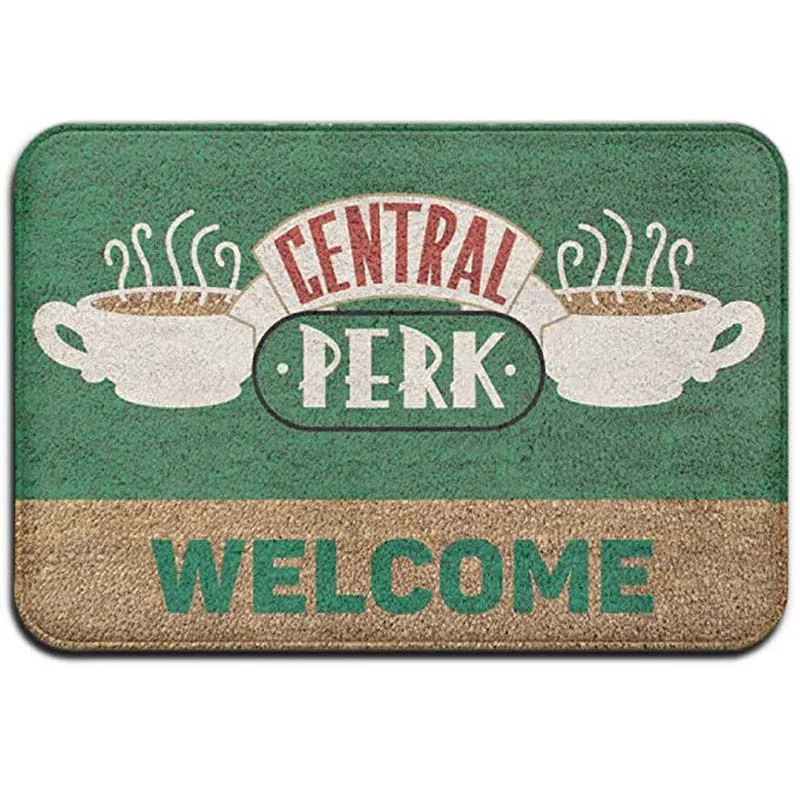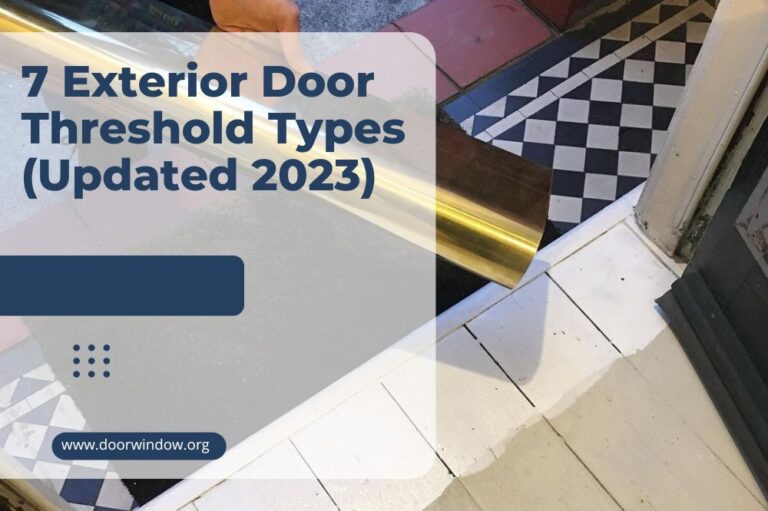How Much Paint for a Door? (7 Things to Consider)
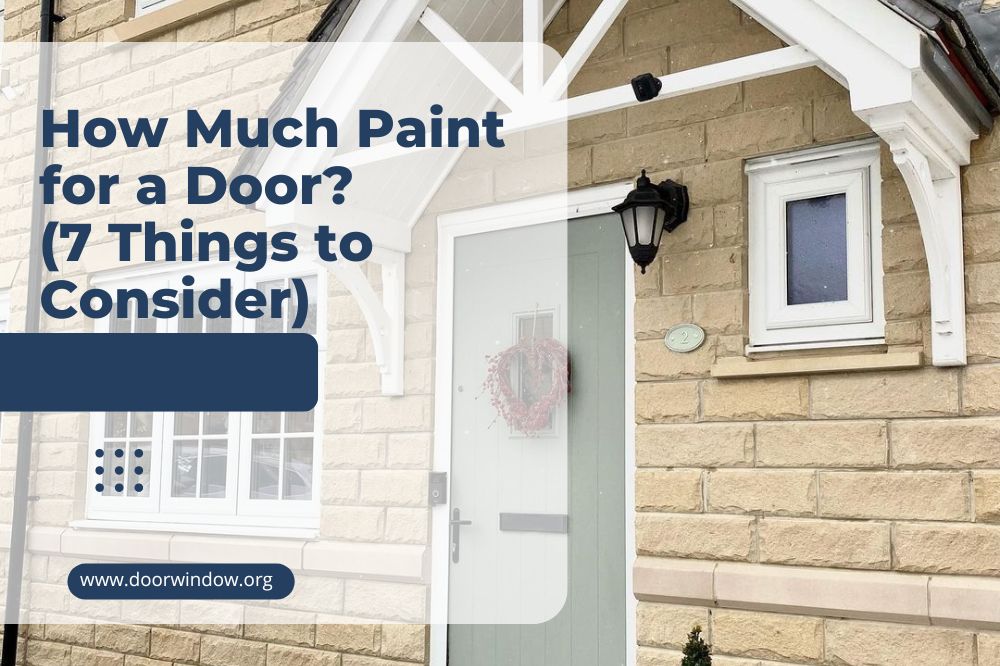
Did you move recently and can’t stand the color of the doors? Or maybe you are going with a different color scheme, and the color of your doors just doesn’t look good anymore.
You can choose to hire professional painters, or you can do it yourself. If you decide to do it yourself, then you want to know the answer to the obvious question: How much paint for a door?
In this article, we will go over how to determine how much paint you need, along with other factors that could affect how much paint to use. Keep reading to learn how much paint you need for your project.
How Much Paint Do You Need For Your Door?
Hiring a professional painter is the easiest way to tackle your painting project, but the average cost will be much higher because there are labor costs involved.
Since you are doing this on your own, there are multiple factors to consider when determining how much paint you need for your door.
Things like the size and how many coats you will need will play an important factor in this. Here is everything you need to know before heading to the paint store.
1. The Size
The size of your door will be the most important piece of information when figuring out how much paint you will need for your project. One gallon of paint covers approximately 350 sq feet, so you need to find the square footage of your door.
An average door is 20 sq feet, but it’s important to measure your door to make sure. You can do this by measuring the width x height.
You also need to double that number since you are painting both sides of the door. For example, If your door measures 20 sq feet, you will need to cover 40 sq feet total.
If you have glass on your door, you should make sure you measure the area and deduct it from your total.
Also, remember to measure your trim, door frame, and other parts of your door that will be painted. Add the final number together and divide by 350.
2. The Type Of Door
The type of door you are painting can have a role to play in how much paint you need. Exterior doors are usually painted with exterior door paint to protect them from the elements, while interior doors are painted with interior door paint to prevent chips and cracks.
Both exterior and interior paints come in water-based, oil-based, and latex-based options. I recommend using latex-based paint for both interior and exterior doors. It is more environmentally friendly and holds up better.
However, there may be times when it is better to use something other than latex paint. Metal doors and wooden doors that are prone to bleeding, like cedar doors and cypress doors, do better with oil-based paint, and fiberglass doors do better with water-based paint.
3. Your Painting Method
If you are painting the whole door with a brush, it’s not going to absorb as much paint as a roller would. However, this is not recommended. Ideally, you will paint the trim and cut in the door with a brush, then use a roller over the whole door.
Rollers hold a lot of paint, so keep that in mind as you are painting. Use a paint tray with your paint roller, as these are designed to prevent wasting paint and also allow you to cover your surface evenly.
Be sure to cover your brushes and rollers in plastic wrap in between coats to preserve the paint. If you wash them, you will waste the paint that is held in them, and if you let the paint dry on them, you will have to replace the brush or roller altogether.
4. Prepping the door
Also, if you prep the doors well before you paint, you won’t have to use them as much. Old doors will require sanding and scraping off any pieces that are peeling off.
You should use 120-grit sandpaper to start out, then gradually move to 220-grit paper. Make sure you sand down as much of the old paint as possible to leave a smooth surface.
You can finish the sanding job with 320-grit sandpaper to make it smooth.
Make sure you also repair any cracks with a filler like caulk before sanding, and always wear safety glasses and a mask to be on the safe side, and make sure you don’t breathe in dust or get any in your eyes.
5. The Type Of Paint You Are Using
The paint type may not seem important, but it plays a big role when it comes to painting your door. There are different sheens available for most interior and exterior paints, such as flat, satin, eggshell, semi-gloss, and high-gloss.
I recommend opting for a semi-gloss or high-gloss because it is chip and crack-resistant and helps hide imperfections. Some people don’t like a glossy finish and prefer it to be more matte.
I recommend not going flattered than eggshell. Both satin and flat are more prone to cracks, chips, and stains. They are also much harder to clean and get dirty more quickly.
Semi-gloss and high-gloss also provide better coverage which means you will use less paint to cover your surfaces.
6. Primer
You should also decide if you want to buy your paint with primer included or prime the door separately. The primer only covers 300 sq feet, which is less than regular paint. This is because some of the primers are absorbed by the walls.
If you decide to add a coat of primer to the doors separately, follow the steps above to use your measurements to figure out how much you need. However, divide the sq footage of your door by 300 instead of 350.
You don’t always have to use a primer. If you are changing the color from light to dark, priming may be optional.
However, It’s almost always a good idea to use paint with primer or prime the door first. Primer allows you to use fewer coats of paint because it helps you get better coverage. It also helps the paint last longer.
7. How Many Coats
How many coats of paint you need will affect how much paint you should buy. First, let’s go over primer. If you are painting over a darker-colored door, making it lighter, you may need to do a second coat or more coats of prime, then two coats of paint after that.
For instance, if you plan on painting a dark green door white, you are going to need a good bit more paint than if you were going to paint a dark green, white door.
If you choose not to prime a dark-colored door before painting a lighter color, you could end up needing up to 5 coats of paint to get good coverage.
If you are simply refreshing your paint, you should only need two coats. I recommend always getting a second gallon to make sure you are covered.
Other Important Information
Now that you have an idea of how much paint your project will require, there are a few helpful tips when it comes to painting your door.
- Make sure you use painter’s tape around the baseboards and trim of your door to make sure the paint doesn’t get on the walls.
- It’s also recommended to use a dropcloth on your floors. Paint can be quite messy, and even professional painters are prone to accidents and spills. It is hard. sometimes impossible, to get paint out of the carpet, so you don’t want to damage it.
Conclusion
Keep these things in mind when you determine how much paint you need for your door, and always get more to err on the side of caution. You don’t want to have to stop in the middle of your project to get more paint.
We hope you found this article helpful! If you have any questions or concerns, let us know in the comments below! We love to hear from our readers.

